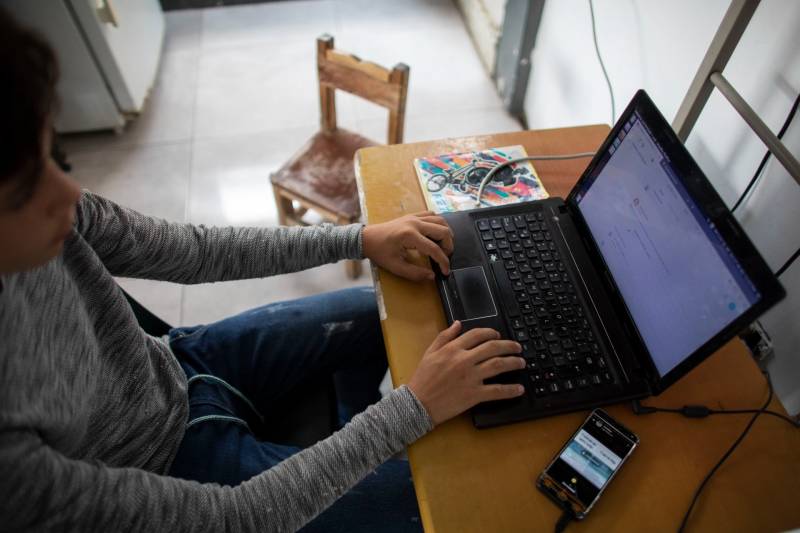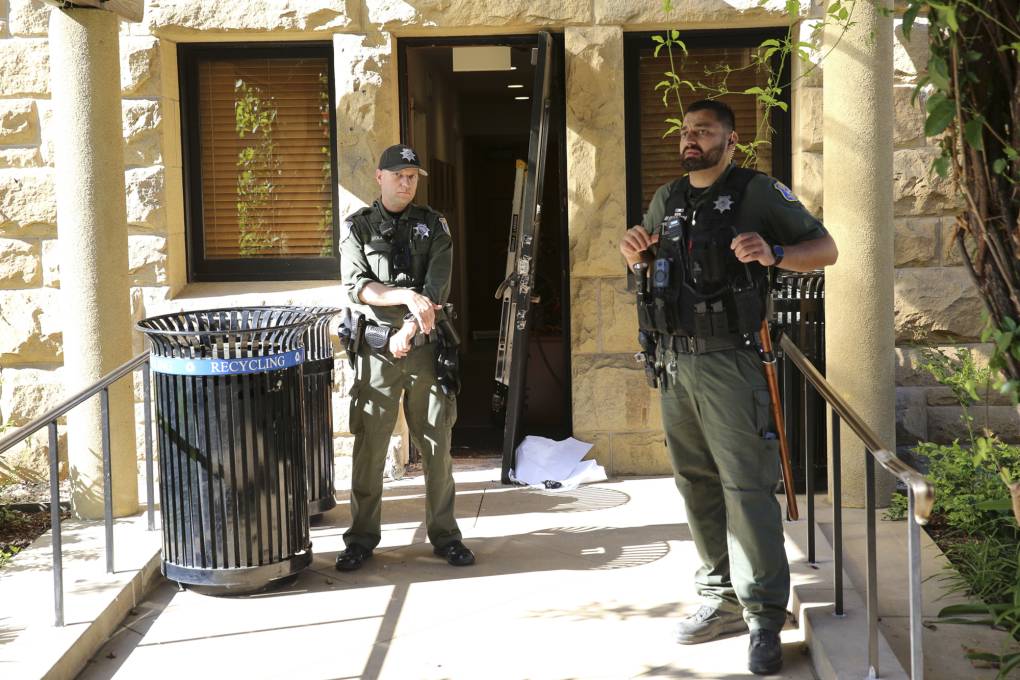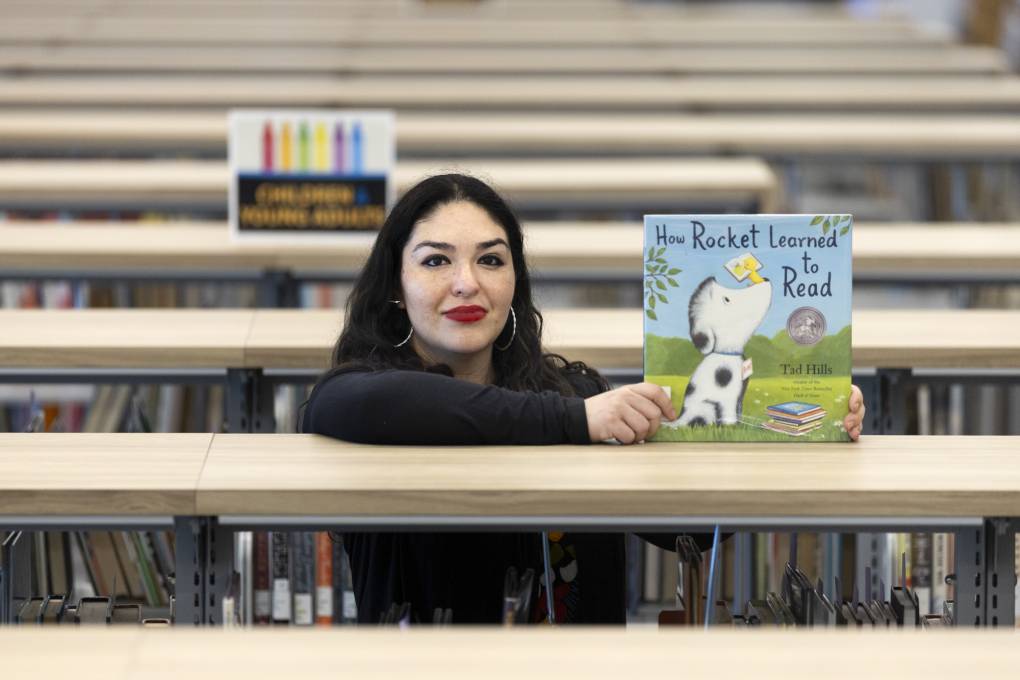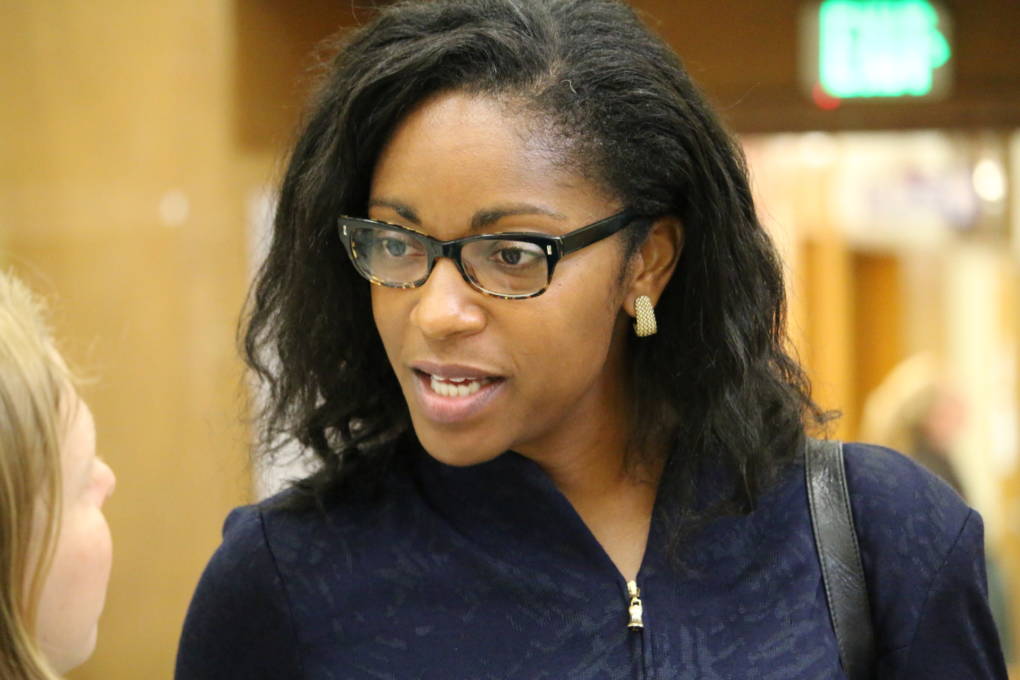Romero described a 6-year-old boy who recently spent hours in the emergency room while waiting for a placement in a psychiatric hospital. The waitlist was long and his family became homeless due to the pandemic. The hospital reminded him of the recent death of a family member. Waiting in a small hospital room with loud noises and people coming and going was triggering to the boy and also a challenge for providers, creating “a lot of additional stressors in providers and not knowing really how to access these resources or what to do to improve the system.”
Some children in crisis have to wait two months to see a psychiatrist, Romero said. Telehealth is an option but it doesn’t work for many children. Kids are experiencing loss, grief and economic uncertainty as they watch their family members get sick, lose work and even die. Because of social distancing, it’s also harder for children and their caregivers to take breaks by going to a relative’s home.
“A lot of kids fall into the gap between needing a couple weeks of inpatient care at a psychiatric hospital or just a weekly therapist visit,” or partial hospitalization or behavioral therapy, Romero said.
Many of the programs designed to fill that gap are built around in-person or group therapy, like the hospital’s 30-day after-school program for children recently released from the hospital after experiencing mental health crises. But Romero says those programs are now carried out primarily online, which can be less effective.
“The program is still going on, but it’s not as successful via telehealth,” Romero said. “Some kids do well with telehealth, others don’t — just like at school, just like adults at work.”
Romero said there is also a need for more psychiatric beds. “I wish we could focus on prevention. But the reality is kids are in crisis and we don’t have enough beds,” she said.
With these added stressors, Children’s Hospital emergency room staff have instituted universal screening, to make sure they ask directly about self-harm and suicidal thoughts. That’s something a teacher in an in-person classroom might help identify, but with kids taking online classes, those interactions are happening less frequently.
“Many of the primary care providers have expressed concerns and sometimes hesitation around asking about suicide directly because it might put [self-harm] in their head or because it’s a really hard conversation. I want to advocate that it is important to ask. The research does show that it does not increase the risk of suicide. It actually reduces it,” she said.



